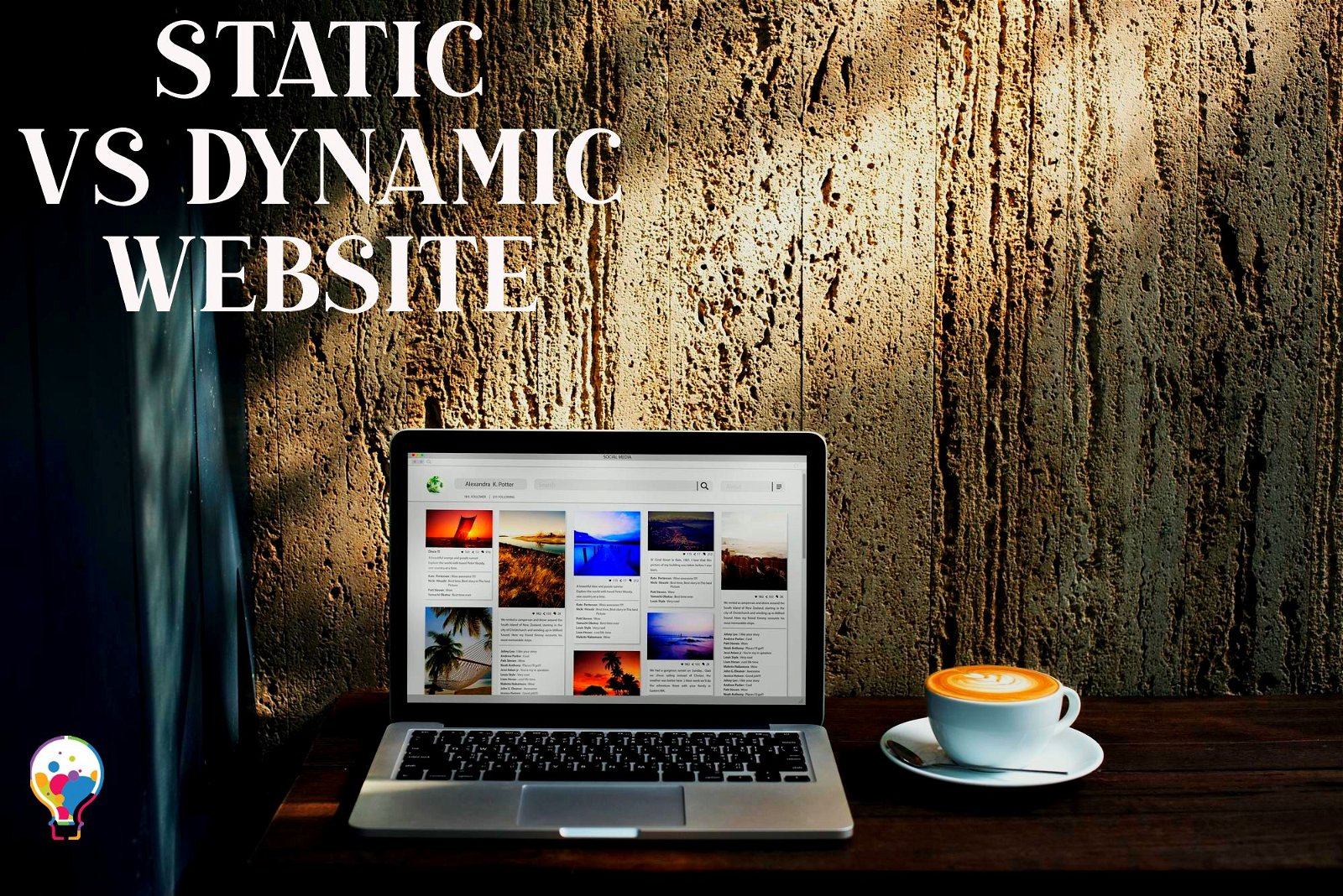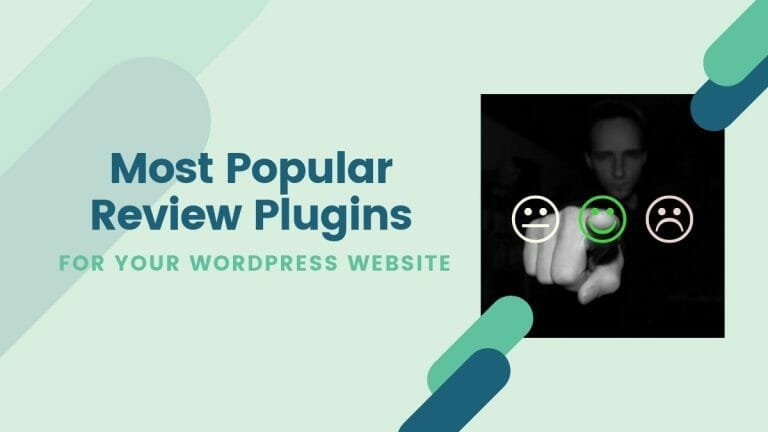Static and dynamic websites represent distinct approaches to web development within the WordPress ecosystem. In the realm of static websites, content is pre-built and served as static HTML files, resulting in faster loading times and simplicity. In contrast, dynamic websites, commonly associated with traditional WordPress usage, generate content on the fly from a database, allowing for high interactivity and complex functionalities.

Each approach caters to different project requirements, with static websites suitable for simpler, content-focused sites, and dynamic websites thriving in more complex, interactive environments such as e-commerce platforms and membership sites. The choice between static and dynamic in WordPress hinges on the specific needs and goals of the project at hand.
What Is A Static Website In WordPress?
A static website in WordPress refers to a site where the content is pre-generated and stored as static HTML files. Unlike dynamic websites, static sites do not rely on server-side processing for each user request. In WordPress, creating a static website involves building individual pages or posts and exporting them as HTML files. This approach offers faster loading times and simplified hosting requirements, making static websites suitable for projects with fixed content, such as personal blogs, portfolios, or informational sites.
What Is A Dynamic Website In WordPress?
A dynamic website in WordPress generates content on the fly, typically using a combination of PHP and a database. In contrast to static websites, dynamic WordPress sites can deliver personalized and interactive experiences for users. The content is stored in a database, allowing easy management and updating through the WordPress admin dashboard. Dynamic websites support features like user registrations, comments, e-commerce functionalities, and more. WordPress, as a dynamic content management system (CMS), facilitates the creation of complex, feature-rich websites that can adapt to user interactions and changing content needs.
Comparison Table
| Feature | Static Website (WordPress) | Dynamic Website (WordPress) |
|---|---|---|
| Content Management | Content is pre-built and stored as HTML files. | Content is stored in a database and generated dynamically. |
| Interactivity | Limited interactivity; generally less interactive. | Highly interactive, supporting user logins, comments, etc. |
| Performance | Faster loading times as content is pre-generated. | Slightly longer loading times due to dynamic content generation. |
| Flexibility | Limited flexibility for dynamic features and user interactions. | Highly flexible, supporting dynamic features and user interactions. |
| Use Cases | Suitable for simple sites with fixed content, e.g., portfolios or blogs. | Suitable for complex sites with frequently changing content, e-commerce, etc. |
| Development Complexity | Generally simpler development process. | May require more complex development, especially for custom functionalities. |
| Hosting Requirements | Can be hosted on static hosting services (e.g., Netlify). | Requires a server with PHP and a database, typical of most web hosting providers. |
| Examples | Personal blogs, portfolios, informational sites. | E-commerce sites, membership sites, dynamic content-driven platforms. |
Static vs Dynamic Website
Static websites and dynamic websites represent two different approaches to web development, and WordPress can be used to create both types of sites.
Let’s explore the differences between static and dynamic websites in the context of WordPress:
Static Website
Content: In a static website, the content remains the same for all users. Each page is pre-built and stored as HTML files.
Interactivity: Static websites are generally less interactive as they don’t dynamically change based on user input or other factors.
Performance: Static websites are often faster to load because the content is pre-generated and doesn’t require server-side processing for each request.
Use Cases: Static websites are suitable for simple sites with fixed content, such as portfolios, personal blogs, or informational sites.
Using WordPress for Static Websites
WordPress can be used to create static websites by building pages or posts and then exporting them as HTML files.
There are also static site generators that work with WordPress to generate static content.
Dynamic Website (Traditional WordPress)
Content: Dynamic websites, including traditional WordPress sites, generate content on-the-fly. Content is stored in a database, and pages are generated dynamically when a user requests them.
Interactivity: Dynamic websites can be highly interactive, allowing users to log in, comment, and perform various actions that affect the site’s content.
Performance: Dynamic websites may have slightly longer loading times compared to static sites because the content is generated dynamically and requires server-side processing.
Use Cases: Dynamic websites are suitable for more complex sites with frequently changing content, user interactions, and features like e-commerce.
Using WordPress for Dynamic Websites
The traditional use of WordPress is dynamic. Users can log in to the admin dashboard to create, edit, and manage content easily. Themes and plugins further enhance functionality.
WordPress supports dynamic features like user registration, comments, and various plugins to extend functionality.
Which One Is The Best Choice And Why?
The choice between a static or dynamic website in WordPress depends on the specific requirements and goals of your project.
Here are some considerations to help you decide:
Static Website
Advantages:
Speed: Static websites are generally faster to load because the content is pre-generated.
Simplicity: They are easier to deploy and often have lower hosting requirements.
Suitable For:
1. Blogs with mostly static content.
2. Portfolios and personal websites.
3. Sites where simplicity and speed are top priorities.
Dynamic Website (WordPress)
Advantages:
Interactivity: Supports user registrations, comments, and dynamic content updates.
Versatility: Ideal for e-commerce, membership sites, and content-driven platforms.
Easy Content Management: WordPress provides a user-friendly admin dashboard for content updates.
Suitable For:
1. Sites with frequent content updates.
2. E-commerce platforms.
3. Websites with interactive features and user engagement.
Considerations
Complexity: Static websites are simpler, while dynamic websites can be more complex to develop and maintain.
Performance: Static sites often have faster loading times, but modern caching mechanisms can mitigate this difference.
Scalability: Dynamic websites are more scalable for larger, feature-rich projects.
Budget: Static sites may be more cost-effective for simpler projects, considering hosting and development costs.
Final thought
In conclusion, the decision between a static and dynamic website in WordPress should be based on the unique characteristics and goals of your project. If your focus is on simplicity, and faster loading times, and your content remains relatively static, a static website might be the optimal choice. On the other hand, if your project requires interactivity, frequent content updates, and a variety of features such as user registrations or e-commerce capabilities, a dynamic WordPress website provides the flexibility and scalability needed.
Interesting Reads:
Viable Online Business Opportunity







